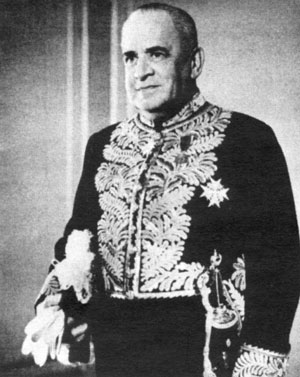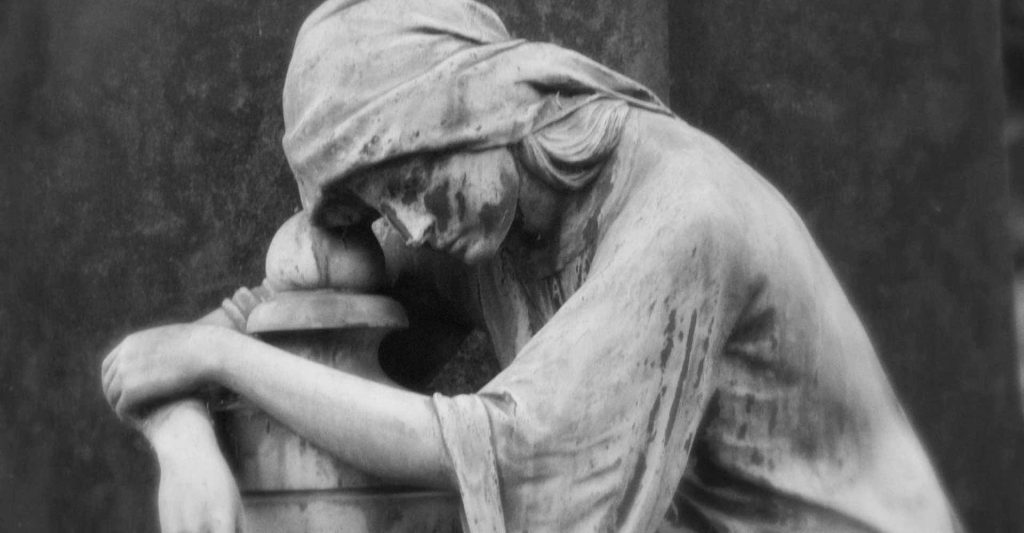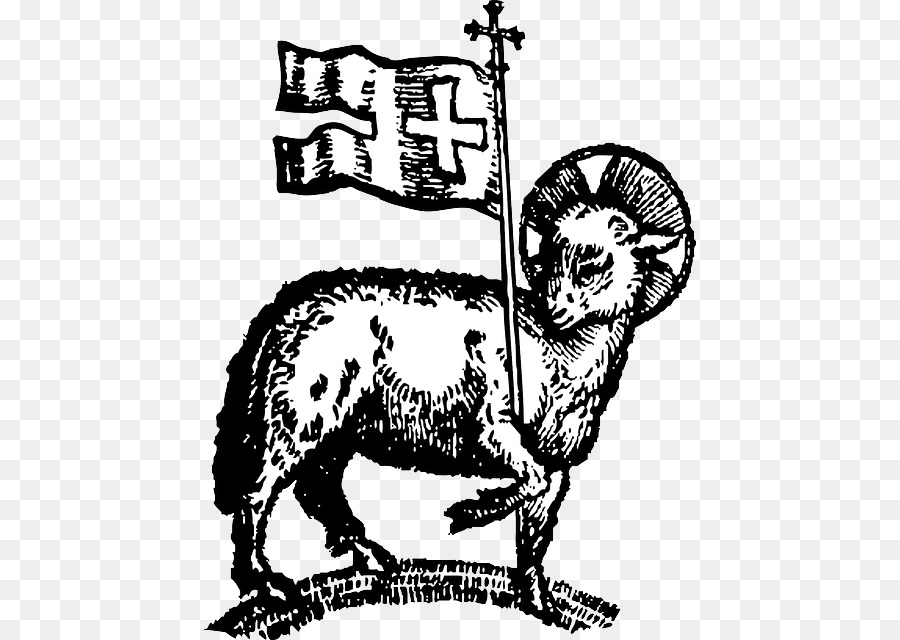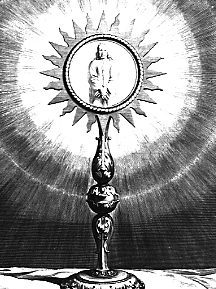Paul Comtois gave his life to save the Holy Eucharist
May this account of a sacrifice to save the Sacred Species, by the Honourable Paul
Comtois, ex-Lieutenant-Governor of Quebec, help restore faith in the real Presence of
Jesus in the Holy Eucharist, to everyone.
by JM Laplante, omi
When the Honourable Onésime Gagnon died, Mr. Paul Comtois was chosen to replace him as
Lieutenant-Governor of Quebec, the representative of the Crown for that Province of Canada.
Monsieur Comtois was recognized as a most endearing and social personality with exquisite French
courtesy and, above all, as a true Catholic and fervent practitioner and member of the Holy Church.
In the wee hours of February 21 (1966), when a fire broke out in the old Manoir du Bois de Coulonge,
Madame Comtois was in bed. There were also visitors to the Château Manoir: 10 occupants in all. Mr.
Comtois, 70, was the first to react. He took his wife outside. He then personally led his daughter
Mireille and all the other occupants to safety. So, as his daughter Mireille wanted to go back inside, he
firmly ordered her to stay outside. He himself returned to his private chapel to save the Sacred Species.
Despite the progress of intense smoke and heat and in utter darkness, he succeeded in seizing the
ciborium containing the Eucharist. In the seconds that followed, getting ready to go back down, the
stairs collapsed and he was burned alive in this infernal furnace. It was by performing a sublime act of
faith, which was a magnificent response to the recent encyclical of Pope Paul VI Mysterium Fidei, that
a man thus exposed his life, proving his faith in the Real Presence in the Eucharist, to the point of
becoming a martyr of Jesus the Bread of Life, the Sacred Host.
The news was announced on Monday morning, February 22, by CBC, the national communications
network.
Let us hope that, by this expression of living faith, the Province of Quebec merits this grace of
rediscovering faith in the Real Presence of Jesus in the Holy Eucharist, in Jesus remaining truly present
in the tabernacle until the end of time.
The Larry Henderson Inquiry
In the religious information bulletin of the Armed Forces of Canada, in Cold Lake, Alberta, Father
Frank Micallef repeated the main points of Father Laplante's article. This article caught the attention of
journalist Larry Henderson. Mr. Henderson called for an investigation. This investigation was entrusted
to a very experienced journalist, Myles O'Farrell, who published it in the Catholic Register of March 2,
1974.
According to Myles O'Farrell's investigation, it emerges that Paul Comtois managed to save the
ciborium containing the Sacred Species, which was found intact under his body.
It was Lieutenant-Colonel JP Martin, aide-de-camp to the Lieutenant-Governor, who reported to him
that the building caught fire like a box of matches. It was amazing how quickly the flames completely
engulfed the residence. The heat of the crackling flames was in sharp contrast to the Siberian cold of
less than 25 degrees Fahrenheit. In this extremely freezing temperature, the firefighters could not
approach more than one hundred feet from the blaze. Paul Comtois, however, approached.
Myles O'Farrell investigation reveals
There is no doubt today, that on February 21, 1966, Paul Comtois, 70 years old, 21st
Lieutenant-Governor of the Province of Quebec, died of burns while trying to save the Most Holy
Eucharist, from the plagued Château Bois de Coulonge. flames.
Cardinal Maurice Roy, Archbishop of Quebec and Primate of the Church of Canada, paying homage
to him, said: “Mr. Comtois, as a Christian, gives everyone an example of wisdom and goodness, of
humility and of radiant faith.”
Apart from this tribute, the heroic sacrifice of Paul Comtois has remained ignored.
However, it is now absolutely clear, from eyewitness testimony, that instead of saving his own skin as
he could have done, Paul Comtois, like a captain of a ship in distress, refused to leave the ship. building
ablaze as long as his family, guests and staff were safe.
So, in a desperate effort to fulfill his final obligation to save the Holy Eucharist from the burning family
chapel, he met his death there. The Ciborium, a sacred vessel containing the Eucharist, was found intact
under his charred body, as proof of his last will.
Testimony of Mireille Comtois
Mireille, her daughter, tells us: “As I was running through the burning Manor, I saw my father in the
chapel. As I was about to walk over to him, he firmly ordered me to jump to the first window, which I
did, wondering why he didn't do the same. The last image I have of him, I can still see him under the
sanctuary lamp in his pajamas, wearing the rosary around his neck, a memory of his father, which he
recited every evening and which he wore to sleep. "
Mireille continues: “My father went to the chapel every evening for his prayers. Her mother was a
McCaffrey from Ireland. Although dad was very devout, he feared death. One day he told me how it
was not easy to obtain permission from the Cardinal to keep the Blessed Sacrament permanently in the
chapel. When he was given permission, it was on the express condition that he held himself personally
responsible for the safety and respectful care due our Lord. And my father was a man who assumed his
obligations at all costs ...
I was told that when he was found his body was horribly burned and that his arms were not intact even
though dad was of strong constitution, it was under him that the Ciborium containing Jesus-Host. His
body had saved Him from the flames ... I can still see him under the sanctuary lamp...”
Bruno Turpin, a firefighter from Quebec City, was among the first to locate the body of Mr. Comtois.
He reported: "He was found facing the ground, his body terribly burned ... the Ciborium containing the
Hosts under him, his arms so charred they were detached from his body."
Marc Stearns, an industrialist from Quebec and guest of the Lieutenant-Governor, had spent the night
there. Here is what he tells us: “I jumped from the second balcony, injuring my back and had to be
hospitalized for a while. Our couple were true friends of the Comtois family; we visited each other
regularly. I was a close friend and admirer of Paul Comtois. He was a very sincere person, very
concerned about the problems of humanity ... His religious faith so deep, which impressed me so much,
was undoubtedly the instrument of my conversion to the Catholic faith for a short time. after his death,
knowing his fervent attachment to the Blessed Sacrament ... I have no doubt that Paul Comtois did
everything in his power to save the Holy Eucharist from the fire. "
Father Gaudoise Labrecque, of the Fathers of the Blessed Sacrament, was for several years the
chaplain of the residence of the Lieutenant-Governor. For him, Monsieur Comtois was a man of
compassion, of deep faith and great devotion. “He was always preoccupied,” he says, “with social
problems; he spent himself energetically to find solutions for them and he indeed made a great
contribution to them. "
Excerpts from the brochure “I am the Way, the Truth and the Life”, edited by Jean-Claude Bleau, 15 rue
Pierre Boucher, Boucherville, QC, J4B 5A5





